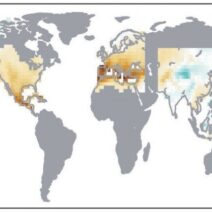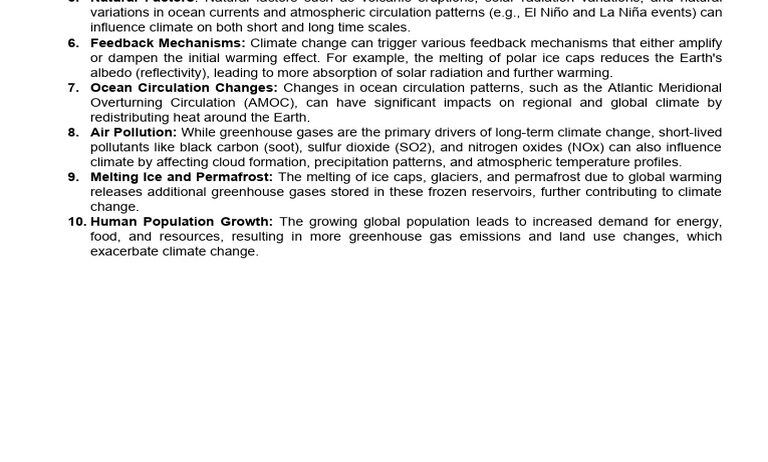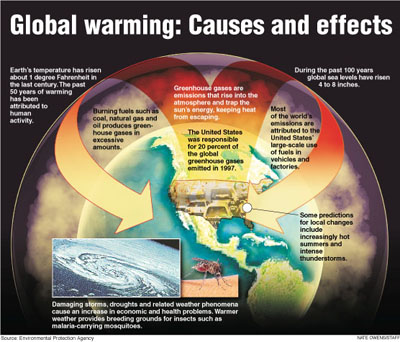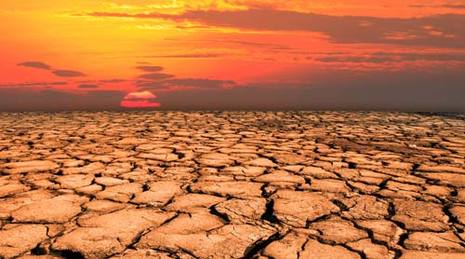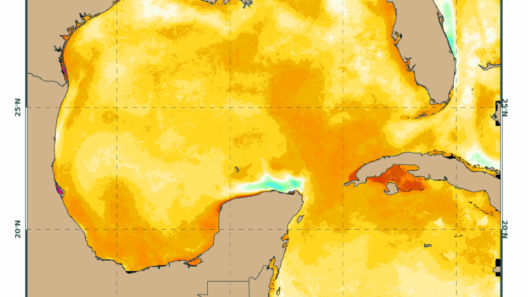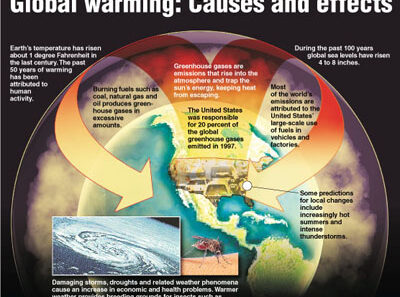In the grand narrative of our planet’s climate, various threads weave together intricate patterns that define the fabric of our environment. Each thread represents a factor contributing to climate change, a phenomenon that resembles a tempest brewing on the horizon—a harbinger of profound transformation. This exploration dissects the multifaceted contributors to climate change, revealing the underlying mechanisms at play.
1. Greenhouse Gas Emissions: The Invisible Cloak
At the heart of climate change lies the accumulation of greenhouse gases (GHGs) in the atmosphere, acting as an invisible cloak that traps heat. Carbon dioxide (CO2), methane (CH4), and nitrous oxide (N2O) are the primary culprits. Produced through human activities like burning fossil fuels, deforestation, and industrial processes, these gases create a warming effect akin to blocking sunlight with a heavy curtain. The increased concentration since the Industrial Revolution has engendered a society that enjoys the conveniences of technology but pays the price in altered weather patterns and rising global temperatures.
2. Deforestation: The Silent Saboteur
Forests, often dubbed the lungs of the Earth, are vital in absorbing CO2. However, rampant deforestation transforms lush woodlands into barren landscapes, disrupting this essential equilibrium. Every tree felled for agriculture, urban development, or logging epitomizes a radical exchange—nature’s CO2 sponge sacrificed for short-term economic gain. The loss of biodiversity and the erosion of soil also reverberate throughout ecosystems, creating a chain reaction that exponentially exacerbates climate instability.
3. Agriculture: A Double-Edged Sword
While agriculture is indispensable for feeding the world, conventional farming practices can significantly exacerbate climate change. The over-utilization of fertilizers leads to increased N2O emissions, while large-scale livestock production is a primary source of methane. This dilemma is strikingly reminiscent of a double-edged sword. Advances in agricultural technology may enhance productivity, yet they often bolster reliance on methods that inflict long-term ecological damage. The challenge is to pivot toward sustainable practices that minimize emissions while preserving food security.
4. Fossil Fuels: The Legacy of an Era
The pursuit of energy has largely hinged upon fossil fuels—coal, oil, and natural gas—fuels that power industries and illuminate cities. However, the combustion of these fuels releases significant quantities of CO2 into the atmosphere, underscoring a legacy fraught with environmental consequences. It is as if society is tethered to an ancestral machine, spinning faster and faster—the result: an accelerating pace of climate change. Transitioning to renewable energy sources, such as solar and wind, is akin to turning toward a new dawn, offering a pathway toward sustainability.
5. Industrial Processes: The Heavy Hand of Manufacturing
Manufacturing and industrial processes contribute markedly to global emissions. From cement production to chemical manufacturing, the operations that fuel economies inadvertently wreak havoc on the environment. Consider this as a gargantuan wheel that turns relentlessly: every rotation emits GHGs, intensifying climate change. An emphasis on circular economies and sustainable practices can help mitigate these impacts, providing a counterbalance to this heavy hand.
6. Waste Management: A Neglected Component
The way society deals with waste is perhaps one of the most overlooked contributors to climate change. Landfills emit methane, a greenhouse gas with a potency far exceeding that of CO2. Improper waste management exacerbates this issue, generating emissions that could otherwise be minimized. Recycling and composting can be seen as pillars in the fortress against climate change, reinforcing a commitment to sustainability. Shifting perceptions on waste—from discarding to reusing—can engender significant changes in emissions profiles.
7. Transportation: The Commuter’s Dilemma
Transportation is another major contributor to climate change, primarily through the combustion of fossil fuels in vehicles. Cars, trucks, and airplanes release considerable amounts of GHGs, akin to a never-ending procession that feeds the climate crisis. Here lies an opportunity for transformation; embracing public transit, cycling, and electric vehicles can illustrate a collective shift toward greener solutions. Rethinking mobility not only fosters reduced emissions but also redefines how we inhabit and experience our urban spaces.
8. Natural Climate Processes: The Global Intricacies
While human activity plays a significant role, natural processes also influence climate patterns. Volcanic eruptions emit particulate matter and gases, temporarily altering atmospheric conditions. Additionally, ocean currents and solar radiation fluctuations contribute to climate variability. Understanding these natural phenomena enriches our comprehension of climate dynamics, but they reinforce the urgency of addressing anthropogenic factors, which are now outstripping the Earth’s inherent mechanisms for self-regulating climate.
9. Globalization: The Interconnected Web
In our globalized society, the interconnectedness of economies and cultures serves as both a boon and a bane. While trade enhances economic growth, it often exacerbates carbon footprints through increased transportation and resource extraction. The threads of globalization weave a complex tapestry; thus, local actions can have far-reaching implications on a global scale. Recognizing this interconnected web is paramount in fostering responsible consumption and sustainable practices.
10. Climate Policy: The Path Forward
In light of these factors, robust climate policy is essential for fostering sustainability. Policymakers bear the responsibility of enacting regulations that can mitigate emissions, protect natural ecosystems, and promote renewable energy. International cooperation—much like an orchestra synching their instruments—is vital to unify disparate efforts. Establishing comprehensive climate agreements, encouraging local initiatives, and empowering communities can orchestrate harmonious progress toward a sustainable future.
In conclusion, climate change embodies a complex interplay of factors, each contributing uniquely to a pressing global challenge. As we stand at the crossroads, the choices we make will resonate through time, forging a legacy of care or neglect for our planet. The call to action is not merely an echo in the distance but a clarion call urging us to discern, adapt, and act. The future of our climate hinges upon collective effort, understanding, and unyielding commitment to safeguarding our environment.
